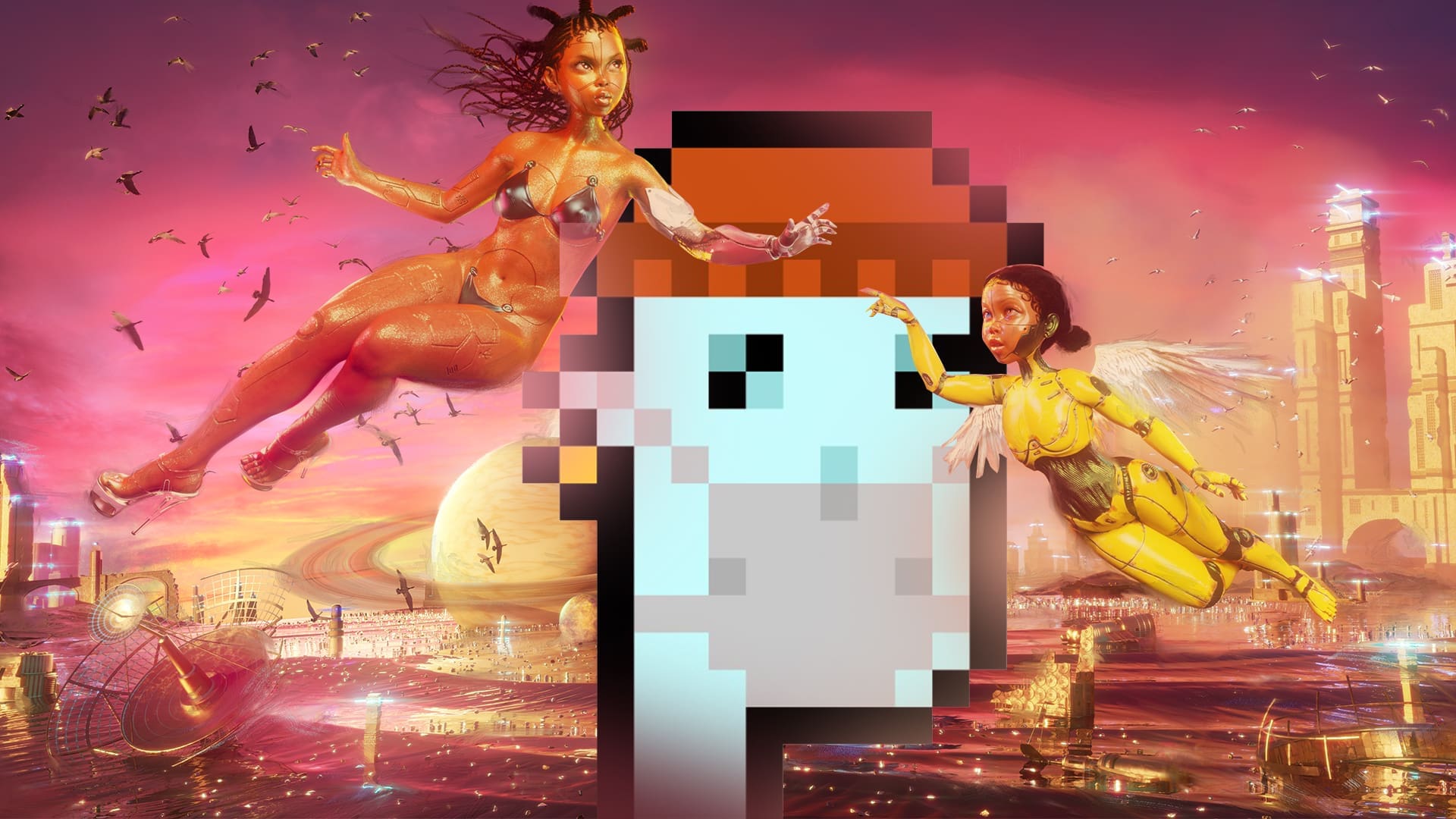The Future Of Luxury NFTs Isn’t Art
At the beginning of the year, Beeple made headlines around the world for selling a digital artwork for $69 Million. That $69 million was spent by a crypto investor who has ties to NFTs and crypto platforms of his own. You couldn’t get better advertising if you spent that money on billboards and TV commercials. The world was hooked, and digital artists flooded on board hoping to finally make some money for the hard work they’ve been sharing with the internet for free.
It’s such a beautiful concept it makes you wonder where the strings are. Pay a small gas fee in Etherium to get a sale going. Then hopefully sell someone the idea that they “own” your jpeg, but give away none of the rights to that image (unless you explicitly say so). Any future sales of the work automatically send you a small royalty cut, perhaps the greatest feature is that it’s hard to enforce in the real world.
Thousands of artists flooded NFT platforms plunking down ETH and discovering that having an NFT on the blockchain doesn’t equal life changing amounts of money. Maybe if you have a name and a following already you make a few tidy sales. Maybe if you have a name and a following, you’ve found that someone’s already pretending to be you and has already hawked a few of your pieces off. Although just because someone’s made an NFT out of your art doesn’t mean you’re precluded from making another. It’s not like NFTs have anything to do with the art they’re associated with anyway.

In June Sotheby’s did a landmark auction of NFTs just a few short months after Beeple was used as a marketing campaign for the concept. This was the mainstream putting its mark of approval on the whole endeavour. The top selling piece at the auction was a Cryptopunk, beating out pieces made by known artists by a tidy 10 million USD. The 24 by 24 pixel piece was sold to Israeli entrepreneur Shalom Meckenzie for a whopping $11.7 million.
One off art pieces definitely have a harder time gaining traction. The intrinsic hype, FOMO and free publicity generated by the likes of the Bored Ape collection, NBA Top shots and Cryptopunks means one off art pieces will never quite measure up. Even Beeple’s collection stunk like trading cards by its very nature of being a daily work.
But selling artwork purely for arts sake is already becoming somewhat old fashioned. NFTs are finding new ways to validate their existence by offering themselves as club cards to exclusive areas by logging into their metamask wallet and visiting the site. Consider your wallet a universal login that isn’t tied to megacorps like Facebook or Google.

If NFTs are going to be taken seriously, they’re going to have to continue evolving in this direction. Being nothing more than ethereal proofs of purchase isn’t particularly exciting and is only useful to people looking to launder crypto. But being keys of some kind to unlock other things within the digital world is much cooler and interesting. These have already been floated in the shape of digital goods extracted from games, not particularly practical, but its heart is somewhat in the right place.
But in terms of the art world, NFTs will probably always be a curiosity. I don’t know any artists personally who find value in them, and most think it’s downright unethical to even engage at all with the concept, considering the raw amount of energy required to do transactions. There are a few out there that do it for the hustle, but the truly passionate are the cryptobros following the crypto playbook of desperately evangelising the tech to keep pumping their value.
At the end of the day, NFTs as artworks are just clout vampires sucking every drop out of their associated works. The future for NFTs, if they even have one, is somewhere else.

